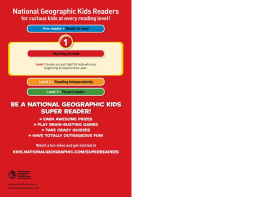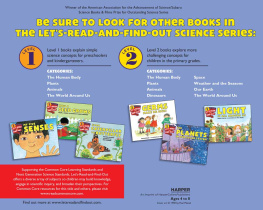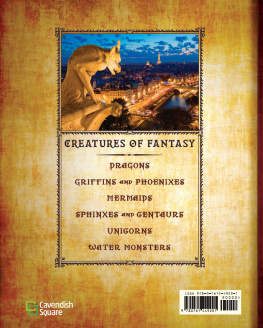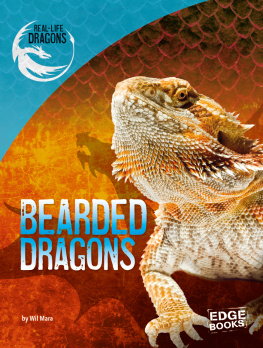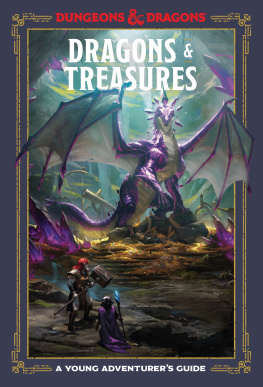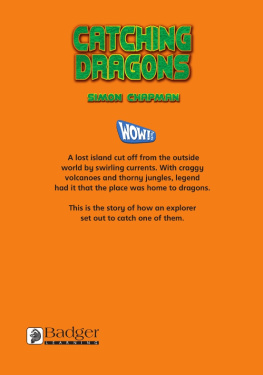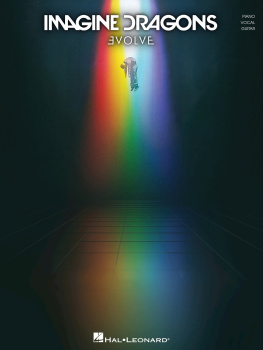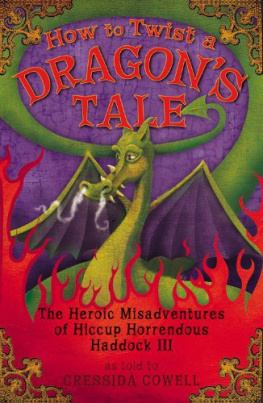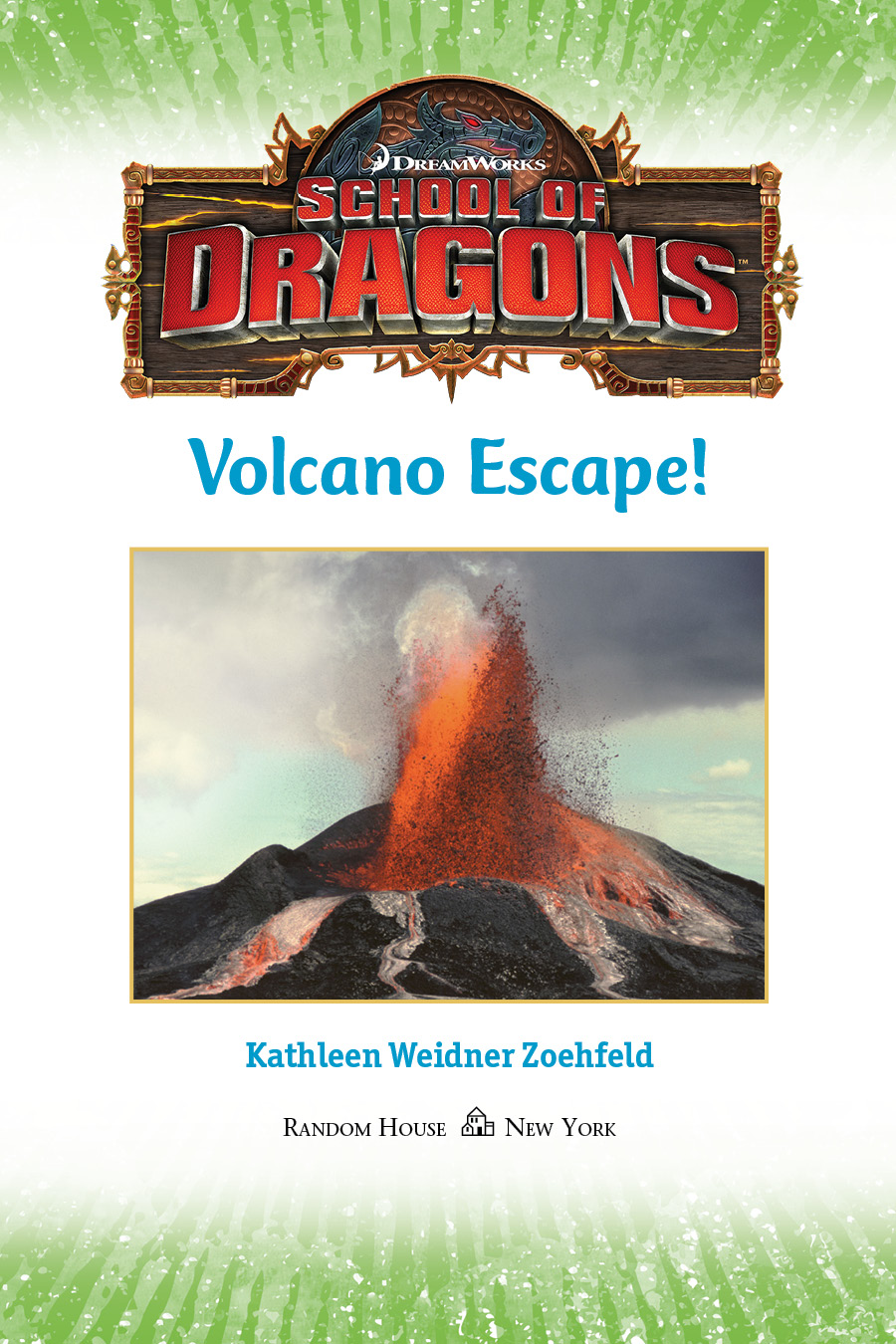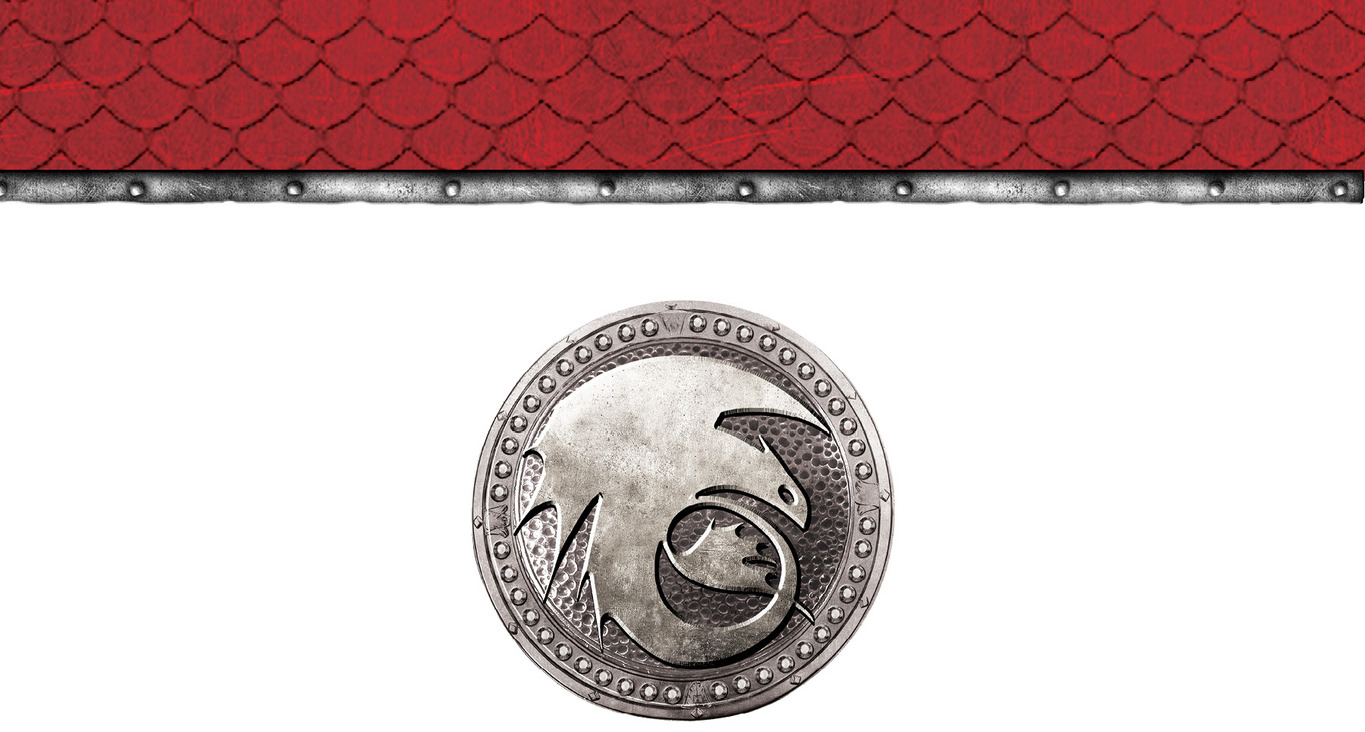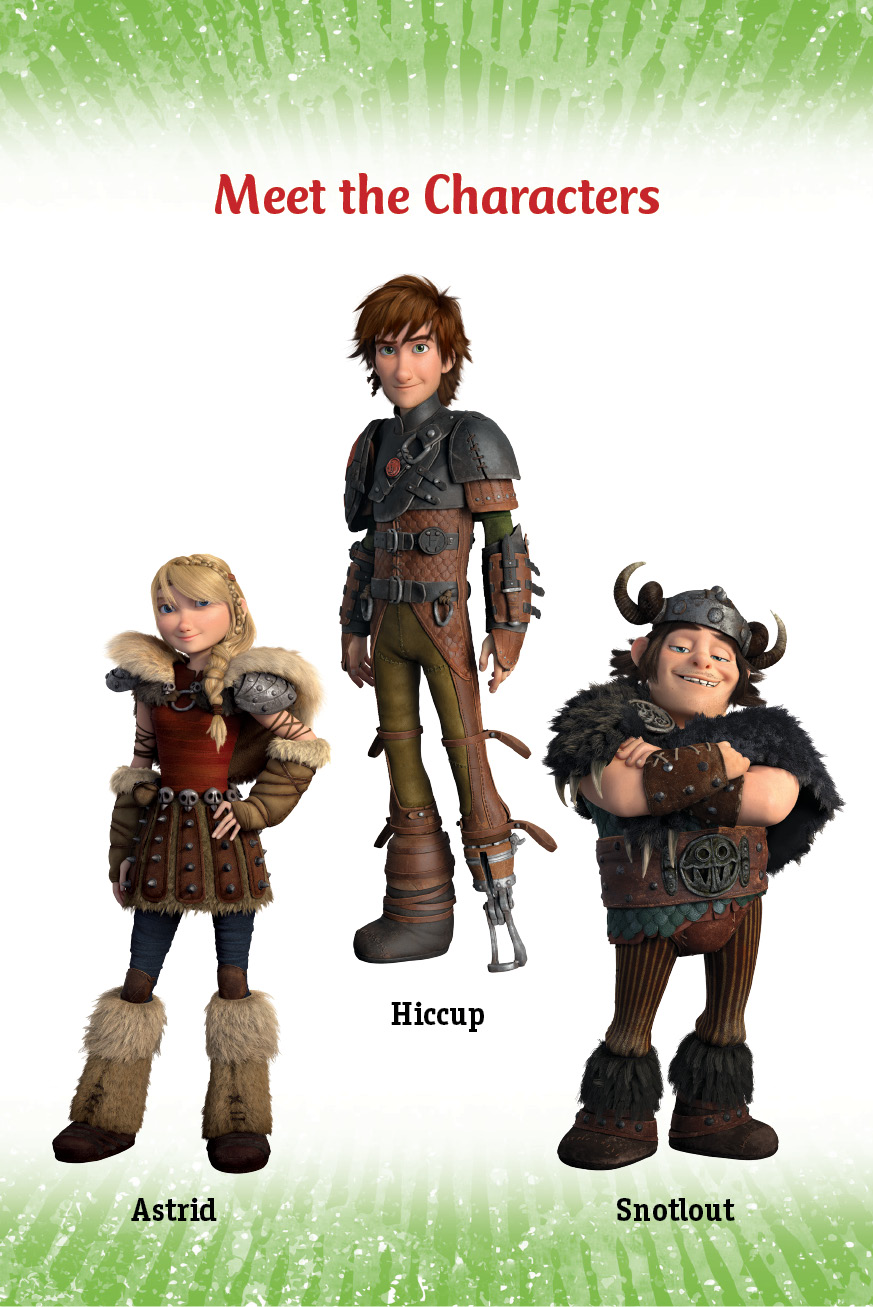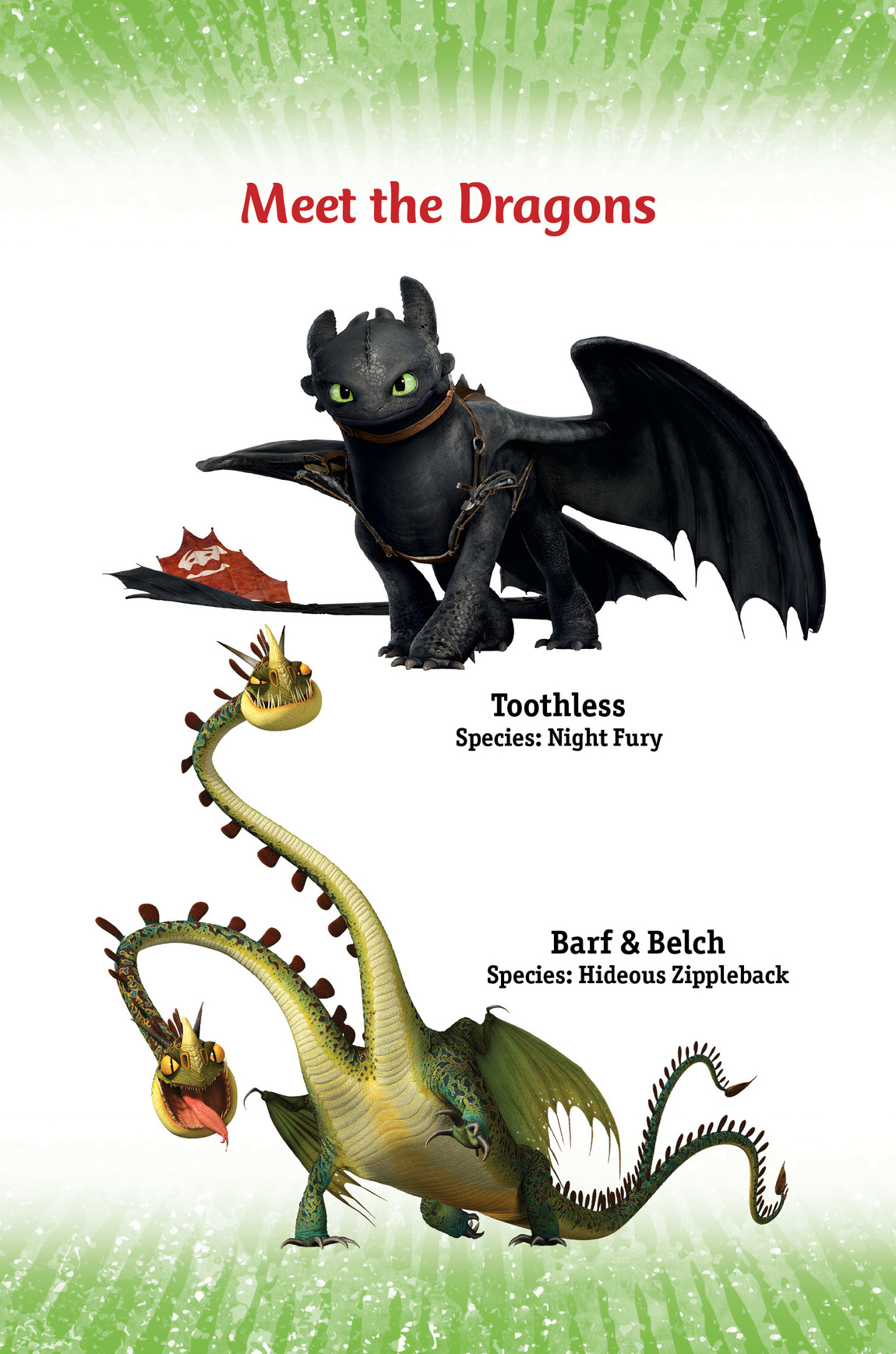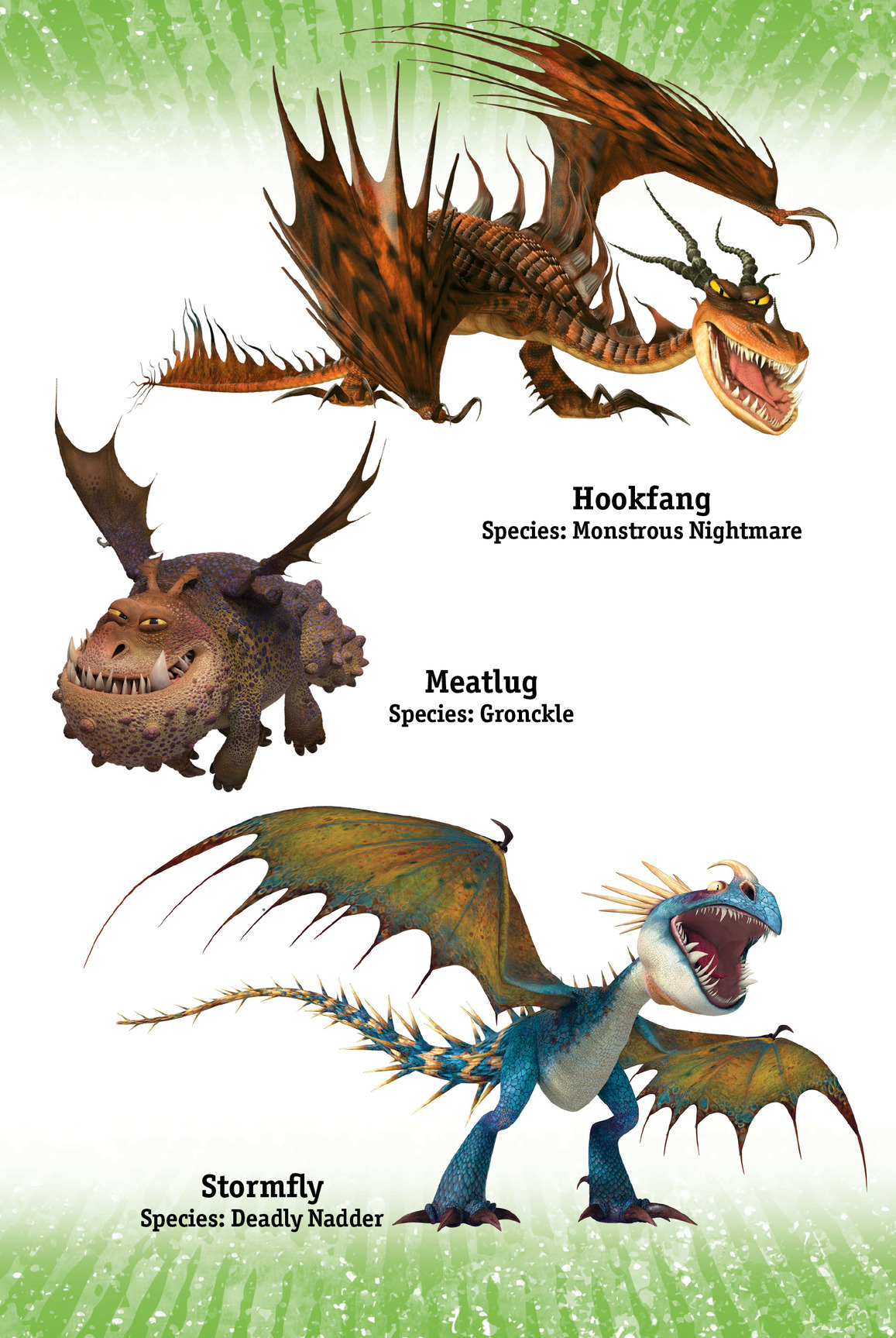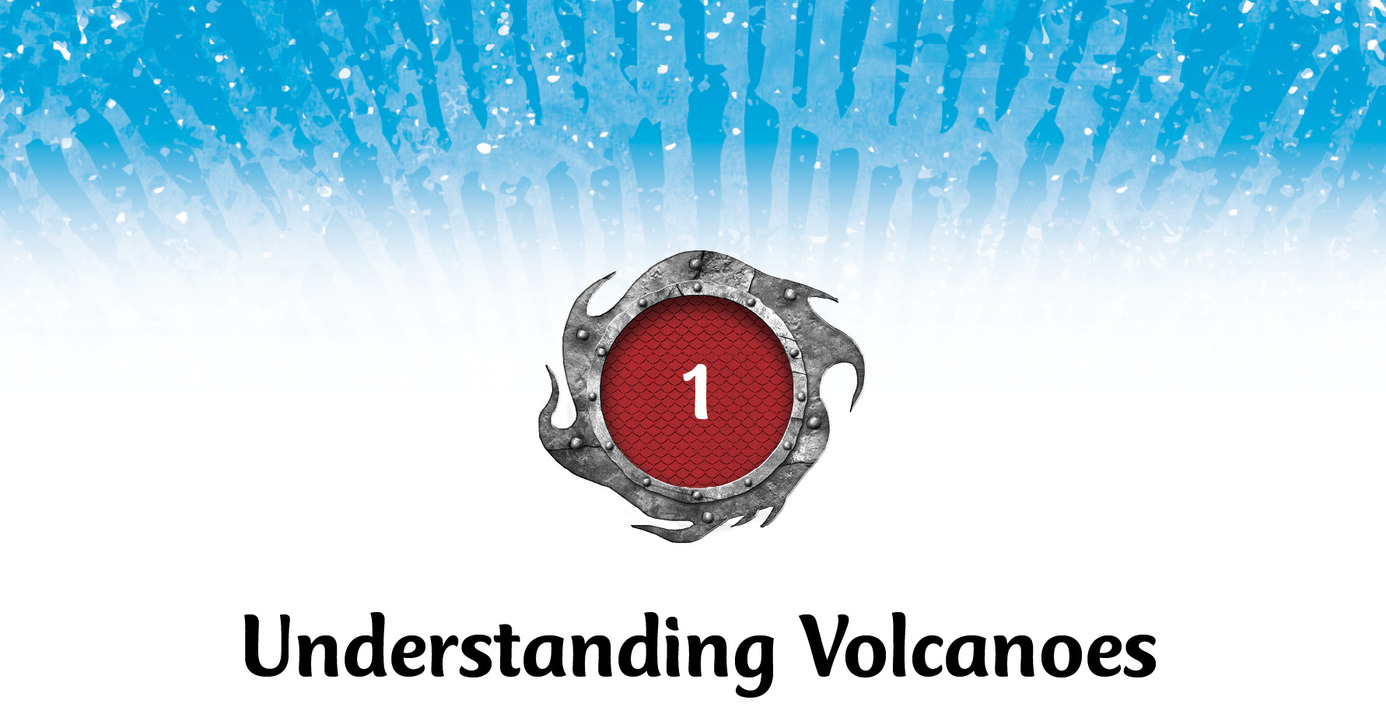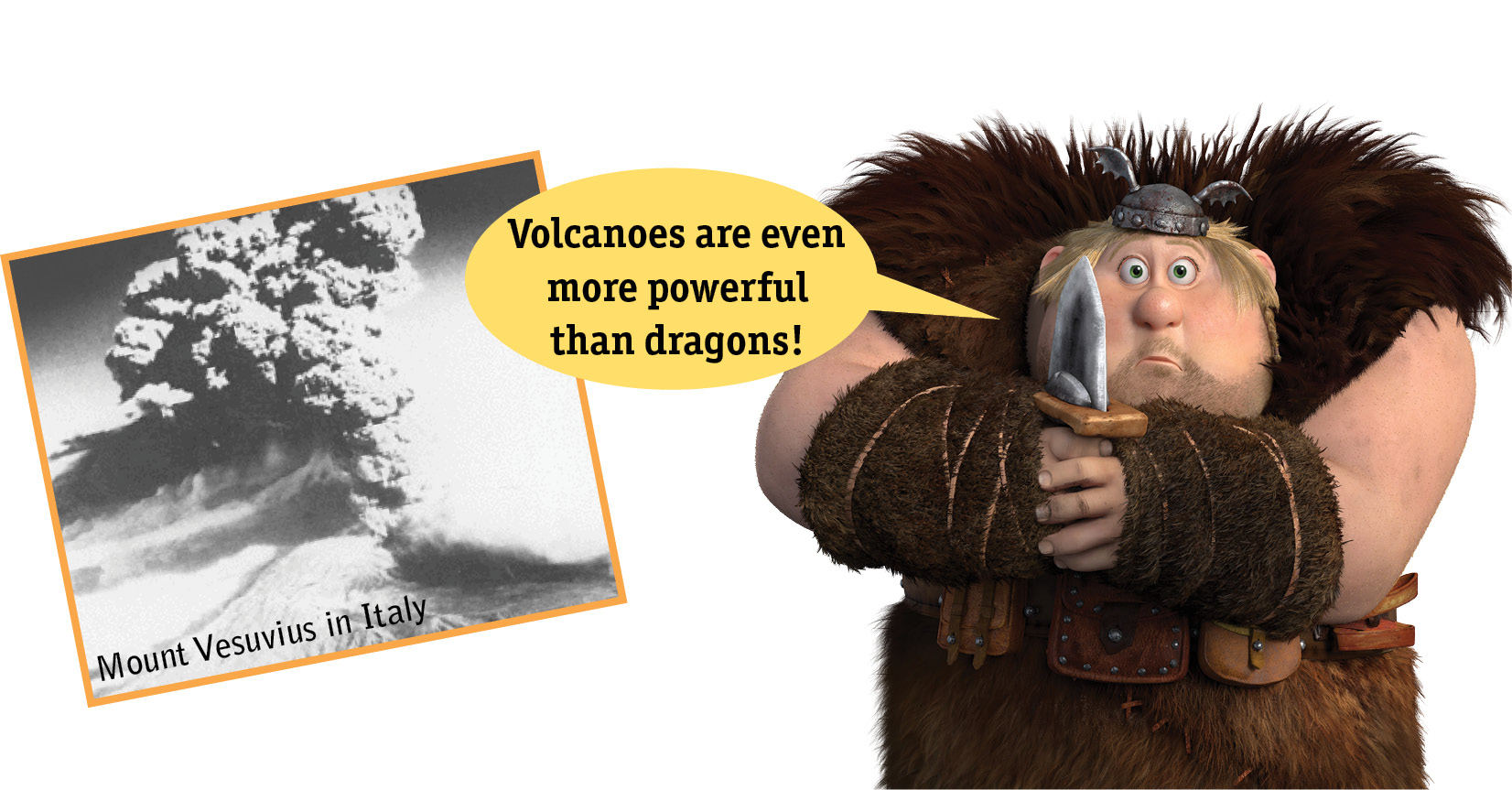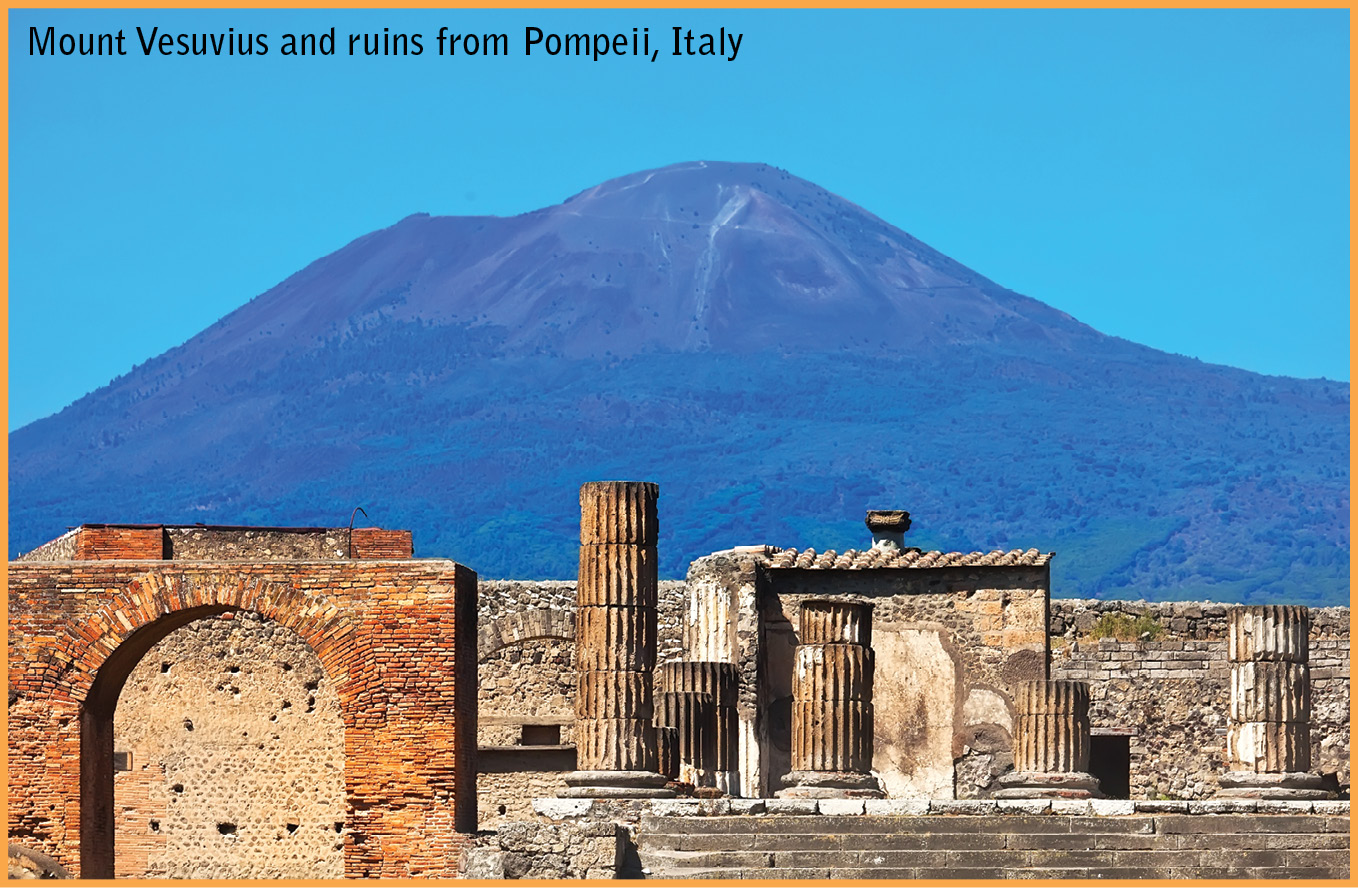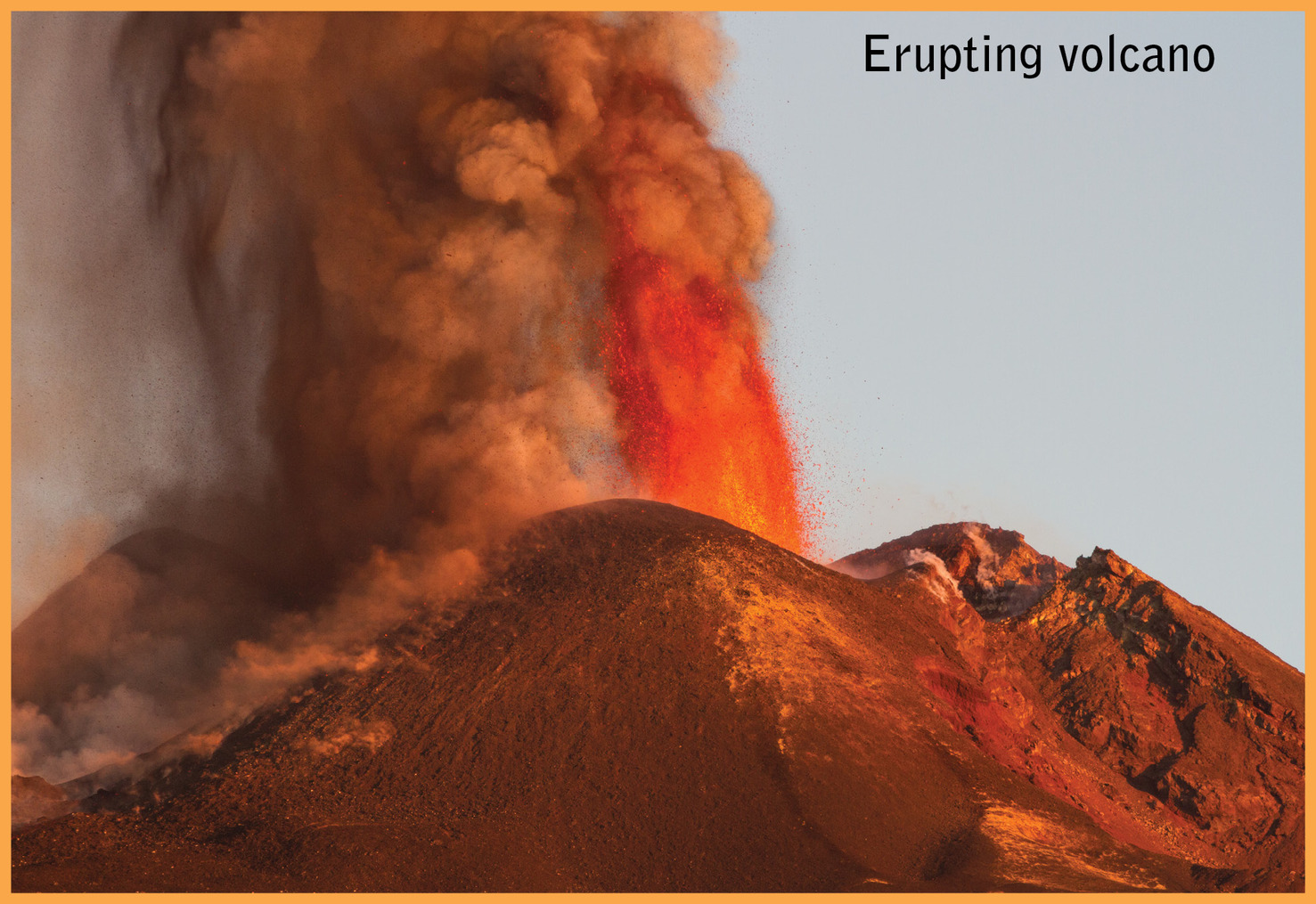courtesy of NASA/JPL-Caltech
DreamWorks Dragons 2016 DreamWorks Animation LLC. All Rights Reserved.
Cover photograph copyright by Fotos593/Shutterstock
Published in the United States by Random House Childrens Books, a division of Penguin Random House LLC, New York.
Random House and the colophon are registered trademarks of Penguin Random House LLC.
Visit us on the Web! randomhousekids.com
Educators and librarians, for a variety of teaching tools, visit us at RHTeachersLibrarians.com
Library of Congress Cataloging-in-Publication Data
Zoehfeld, Kathleen Weidner, author.
School of dragons : volcano escape! / Kathleen Weidner Zoehfeld.
p. cm. (School of dragons)
Audience: Ages 710.
Audience: Grades 2 to 5.
ISBN 978-1-101-93337-4 (trade) ISBN 978-1-101-93338-1 (lib. bdg.) ISBN 978-1-101-93339-8 (ebook)
1. VolcanoesJuvenile literature. I. Title. II. Title: Volcano escape!QE521.3.Z64 2016 551.21dc23 2015030597
ebook ISBN9781101933398
Random House Childrens Books supports the First Amendment and celebrates the right to read.
v4.1
ep
Contents
Note to Readers
What do dragons have to do with real-life science and history?
More than you might think!
For thousands of years, cultures all over the world have told stories about dragons, just as they told fanciful tales about unicorns, fairies, mermaids, ogres, and other mythical creatures. People made up these and other legends for many reasons: to explain the natural world, to give their lives deeper meaning, sometimes even just for fun! Stories passed down from generation to generation began to change over time. In many cases, fact (whats true) and fiction (whats made up) blended together to create a rich legacy of storytelling.
So even though you dont see them flying overhead, dragons are all around us! They are a part of our history and culture, bridging the gap between the past and the presentwhats real and whats born of our limitless imaginations. This makes the DreamWorks Dragons Dragon Riders ideal candidates to teach us about our world!
Think of the School of Dragons series as your treasure map to a land of fascinating facts about science, history, mythology, culture, innovation, and more! You can read the books cover to cover or skip around to sections that most interest you. Theres no right or wrong way when it comes to learning.
And thats not all! When youre done reading the books, you can go online to schoolofdragons.com to play the interactive School of Dragons video games from JumpStart. Theres no end to what you can discover. Be sure to check out the inside back cover of this book for a special game code that will allow you access to super-secret adventures!
All ready? Hold on tight, dragon trainers! Here we go
M ost people go through their whole lives without expecting a nearby mountain to explode. They dont worry about avalanches of fiery hot rock and ash. They dont wonder if their houses and schools will be buried.
But in some places, the ground shakes and the mountains roar! Places where super-hot rock comes up from deep inside the Earth are called volcanoes. When a volcano erupts, tons of hot rock and ash come crashing down. They destroy everything in their path.
People who live near volcanoes sometimes get scared. Why do mountains explode? What can people do to keep safe?
Since ancient times, people have tried to understand volcanoes. The Romans had many myths that helped them make sense of the world around them. The word volcano comes from one of these stories. In Roman mythology, Vulcan was the god of fire. Vulcan was said to live under a very violent volcano named Mount Etna.
On August 24, 79 CE, something strange was going on with the Roman mountain Vesuvius. The ground around it was shaking, but this was nothing new. There were lots of earthquakes in this area. But this time, the mountain was rumbling, and a very odd cloud was forming over the mountains peak. The cloud was narrow at the bottom, like a tree trunk, but it rose up high and spread out wide.



